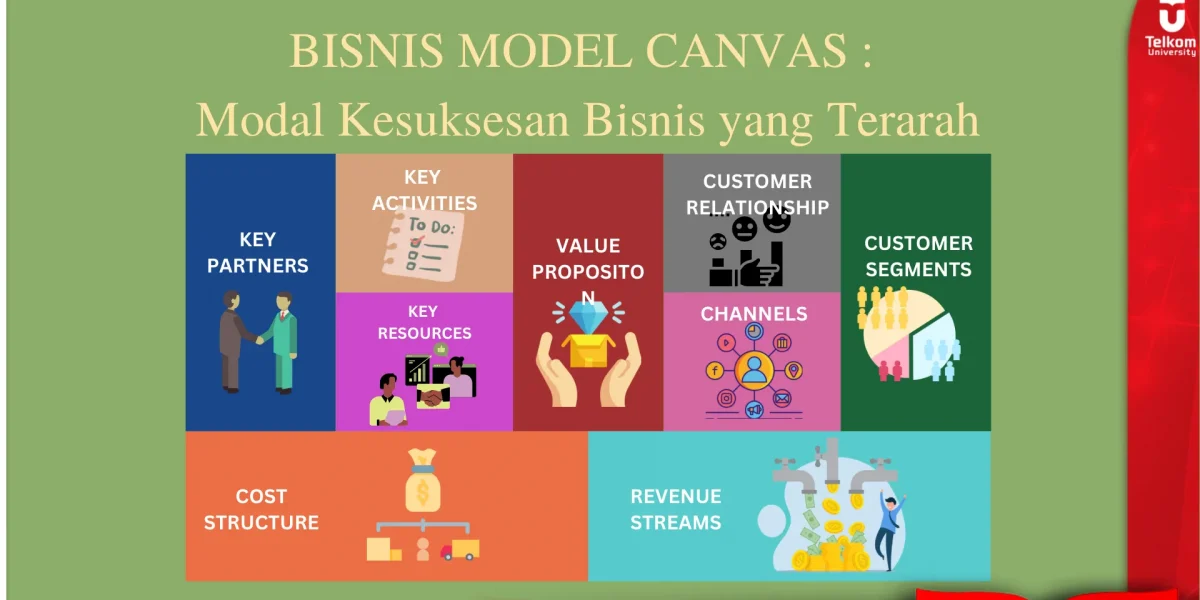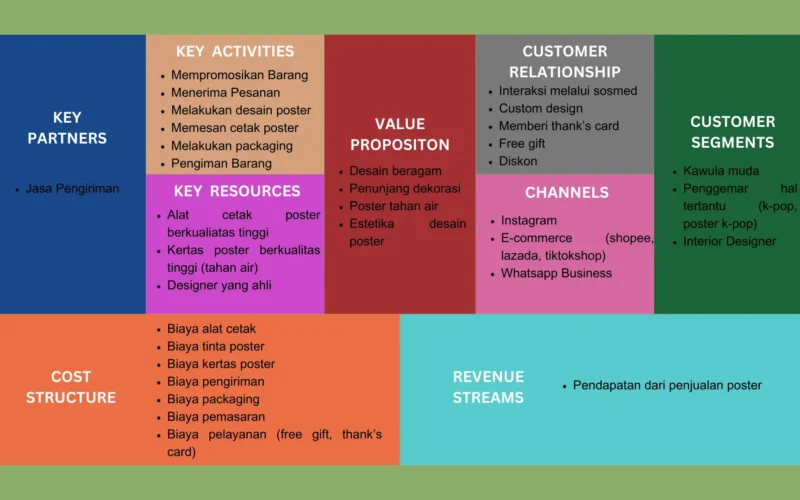Business Model Canvas: Capital for Directed Business Success
To develop a business amidst current technological advances, there are many aspects that need to be considered, it is necessary to analyze which ones can help the business grow and develop and which ones will be a threat to the business itself. Indonesia has a vision to become a globally competitive country. You and other fellow startup founders are our hope to be able to create innovations that are able to move the wheels of the digital economy and bring prosperity to the wider community, that is the explanation of the Director General of Informatics Applications of the Indonesian Ministry of Communication and Informatics in the introduction to the RINTISAN pocket book which discusses Business Model.
The Importance of Vision and Mission for Business
Vision and mission are two important elements in business development and success. The vision & mission of a business is a goal that generally needs to be achieved and also gives business people specific goals to achieve, increasing efficiency and productivity. Vision & mission are not only needed for the business actor or business, but also apply to external stakeholders such as customers, partners and suppliers. Vision and mission statements can be used as a tool to attract the attention of third parties to collaborate. To be able to achieve the vision & mission that has been set, business people usually determine other aspects for business continuity using available tools. The Business Model Canvas is one of the tools of choice that is often used by business people to determine business elements which are divided into nine elements that can help a business achieve its vision & mission. Further explanation will be explained in the following article:
Understanding Business Model Canvas
The Canva Business Model was first introduced by Alexander Osterwalder and Yves Pigneur in their book entitled “Business Model Generation” in 2010 and has become a popular guide for business people in designing and developing innovative business models. Canva business models have become a very useful tool in helping business people to visualize, analyze and optimize the business model of a business.
According to the two original developers of BMC, Alexander Osterwalder and Yves Pigneur, the Canva business model is a visual representation of how an organization creates, delivers and captures value for business continuity. Meanwhile, according to Joan Magretta, a writer and business consultant, he explained his version of the Canva business model, namely, a tool that helps identify how an organization creates value for customers and generates profits from the process..
There are nine elements in the Canva business model template which will be explained further in the following explanation:
- Customer Segments – Used to define who the target market or customer group will be targeted in a business
- Value Proposition – Used to define the value or benefits offered from a product or service that can differentiate and are not offered by competing businesses
- Channels –Used to define how products or services will be delivered to customers, including the sales, distribution and communication channel tools used to reach targeted customers
- Customer Relationships – Used to define the type of relationship built with customers, related to interactions that influence the experience and impression of customers.
- Key Resources – Used to define physical, intellectual or human assets required for business continuity.
- Key Activities – Used to define actions or activities that will and need to be carried out by a business to create, produce and provide value to customers, this is related to operations, production, marketing and other activities.
- Key Partnerships – Used to define partners or external parties who collaborate to achieve common goals, such as suppliers, business partners, and others.
- Revenue Streams – Used to define the main source of income of a business, regarding all income generated from products or services
- Cost Structure – Used to define all costs used in running a business, related to production costs, marketing costs, shipping costs or other costs incurred to support business continuity.
Example of using the Business Model Canvas
To make it easier to understand, the following is an example of using the Canva Business Model in the business of selling unique posters:


